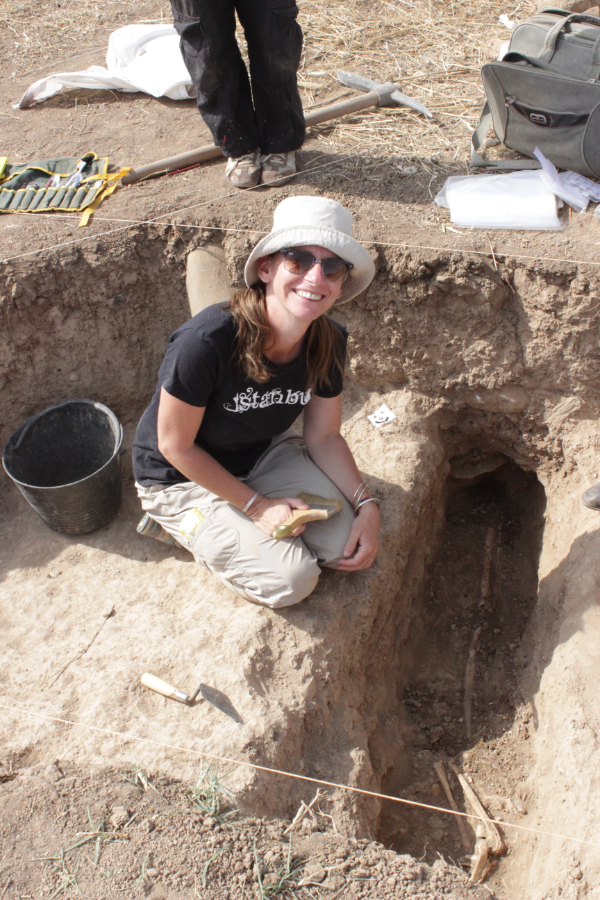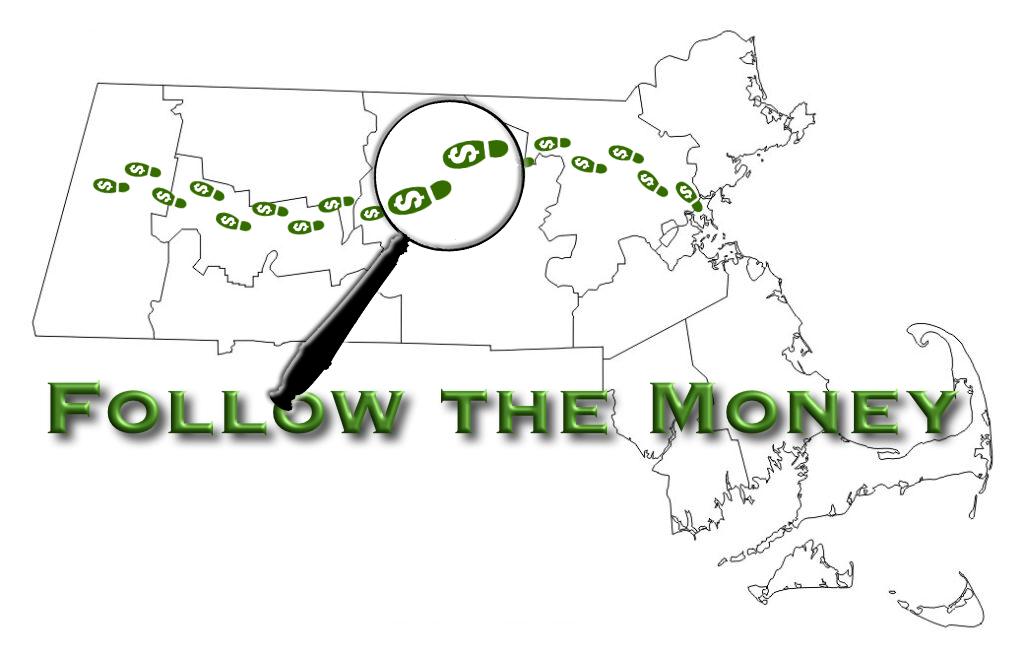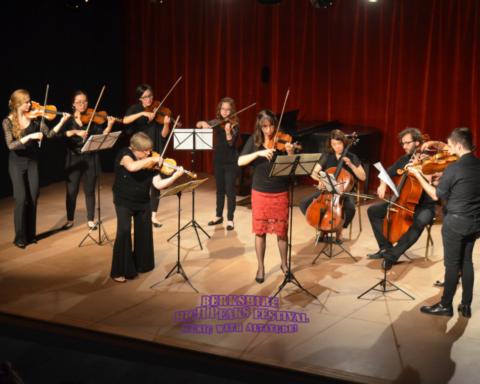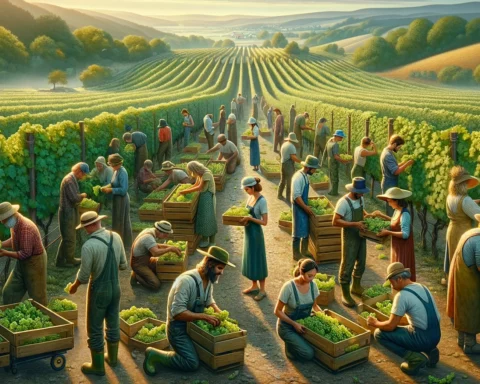ABOVE: Iraqi mountain cow, Kurdistan region. The cattle from the Early Dynastic Period had already been domesticated for thousands of years and would have looked like what we see today, rather than aurochs or water buffalo; photo by san, stock.adobe.com.
Editor’s Note: The following article is derived from officially released information, published with few or no editorial changes. The Greylock Glass occasionally provides our readers with such content if the information is factual in nature, and requires little to no interpretation or analysis, often when original reportage would not provide additional relevant information.
SASKATOON — Newly published cutting-edge research led by University of Saskatchewan’s (USask) Near Eastern archaeologist Dr. Tina Greenfield (PhD) reveals how domesticated livestock were managed in one of the world’s earliest cities.
The findings, published in the journal PLOS ONE, (see article) also provide a glimpse into how the Sumerian peoples of ancient Mesopotamia were fed, traversed the landscape, and interacted with each other.
Mesopotamia, the region bordered by the Tigris and Euphrates Rivers, is known as the “Cradle of Civilization.” The early Mesopotamians employed complex systems of land use and irrigation to feed a dramatically growing population, and reared cattle, sheep, goats, donkeys, and other animals for food, milk, manure, and transportation.

“It is always interesting to see how people living in one of the world’s earliest cities managed their animals, both during their lives and in their death,” said Greenfield, principal investigator of the “Mobile Economies” research project and adjunct professor in USask’s College of Arts and Science Department of Archaeology and Anthropology.
The cattle were slaughtered and buried as part of the funerary rituals at the famous royal graves in Ur, one of the world’s earliest cities. The royal graves, located in today’s southern Iraq, date back nearly 5,000 years to the Early Dynastic period (2900-2350 BCE).
“We had the chance to see if the kings and queens from the Sumerian culture had their own royal herds that fed them and also came with them in their afterlife, or if their animals came from the same herds that fed the rest of the population,” Greenfield said.
The royal sites contained entire skeletons of the highly valuable cattle that were killed in their prime—an “astronomical” show of wealth and conspicuous consumption. But the research shows that royal cattle were not managed significantly different from those found at Ur’s private/non-royal burial sites.

While we felt that the official release provided a great amount of fascinating information, our curiosity wasn’t quite satisfied. Dr. Greenfield was kind enough to indulge our thirst for a little more knowledge. We asked four questions via e-mail, and she generously obliged.
1) What is the primary value in understanding the relationship between cattle and humans that long ago?
There is tremendous value in understanding the relationship between cattle and humans — it is so much more than just an animal that provides food: you can study the meaning of the animals to a particular society (i.e. sacred, ritual, economic. etc). The treatment of animals in antiquity informs on economic behavior, status, diet, mobility, trade, and religious beliefs. It is part of the fundamental understanding of human behavior — animals inform on how ancient society lived, worked, and died.
2) Were you to create a comparative ancient bovine studies class, how does the role of cattle in present-day Iraq 5,000 years ago compare to that of other similarly ancient peoples in the area?
That is a good question and one that cannot be answered in a few sentences. Each ancient society has their own set of values, beliefs, and ways of relating to cattle. If I were to teach a class, I would take the Egyptians and look at the images painted on their tombs and temples and see the relationship of the cattle to their society. In Mesopotamia, I would look at cylinder seals and see how the different breeds of cattle were portrayed and how the Sumerians used these animals in life and death. Each society would have economic and spiritual aspects of how they managed their cattle
3) Given the scrutiny Western farming practices have come under of late, do you think it’s useful to hope that we in 2022 can uncover some nugget of wisdom in the excavations that can be put into practice today?
Absolutely — part of the research I conduct investigates the relationship between how animals were managed (i.e. production strategies, consumption patterns etc). The ancient Sumerians were adaptive and resilient. They would move the herded animals across the landscape outside the city in order to graze in the fallow fields or along the canals or rivers. We can see with climate and environment changes the patterns of where the animals grazed changed. Crops changed to be more resilient to drier climates, and I think these models can be used today to investigate new ways of practicing the balance between farming and grazing of animals just like they did over 5000 years ago to yield the most productive results for crops and animals.
Bonus Q.) Any idea how beef might have been prepared 5,000 years ago?
We actually have recipes written down on clay tablets from the Babylonian Period. They stewed the meat often with vegetables (the main staple in their diet). Spices were used for all kinds of meat. Of course meat was also roasted much like it is today in Iraq. Check this out: I saw it just yesterday in a Facebook feed:
Greenfield’s team, which includes researchers from USask, University of Cambridge, University College London, and the University of Pennsylvania, gleaned the information by analyzing bones and teeth specimens from cattle sacrificed as grave goods for stable isotopes (strontium, oxygen, and carbon).
The analyses of isotope elements retained in animal teeth from plants, soil and water provided insights on the locations where the animals ate and drank, and where they migrated from or were herded. The data showed most animals were likely herded close to Ur, but at least one of the oxen had come a long distance to Ur.
“We haven’t done anything like this with cutting-edge archeological sciences in Mesopotamia previously,” Greenfield said.
She called the use of such high-end analytical technique “revolutionary,” as it extracts huge quantities of otherwise unavailable information while minimizing damage to archaeological material.

The researchers now have new information about Mesopotamia’s economy, people, their health, and diet during a period of massive urbanization and trade expansion, and cities and city states emerging across the Near East, said Greenfield.
The samples used in the study came from Sir Leonard Woolley’s excavations at Ur in the 1920s. The animal remains were lost in the bowels of the British Museum till the 2010s, and Greenfield received permission to analyze them in 2014.
This study is part of a larger project she is conducting at early cities across southern Iraq. Her goal is to learn how livestock were managed, how humans and animals moved across the territory—elements essential to better understand the nature of the economy of the world’s earliest cities and a pattern that underlies even modern Canadian cities.
The research is funded by the Social Sciences Research Council of Canada; The Newton Trust Research Grant (University of Cambridge); Cambridge Humanities Research Grant Scheme; and the University of Pennsylvania Museum of Archeology and Anthropology.
As a side note…
We found an article that makes an interesting companion piece to the one you’re reading.

















